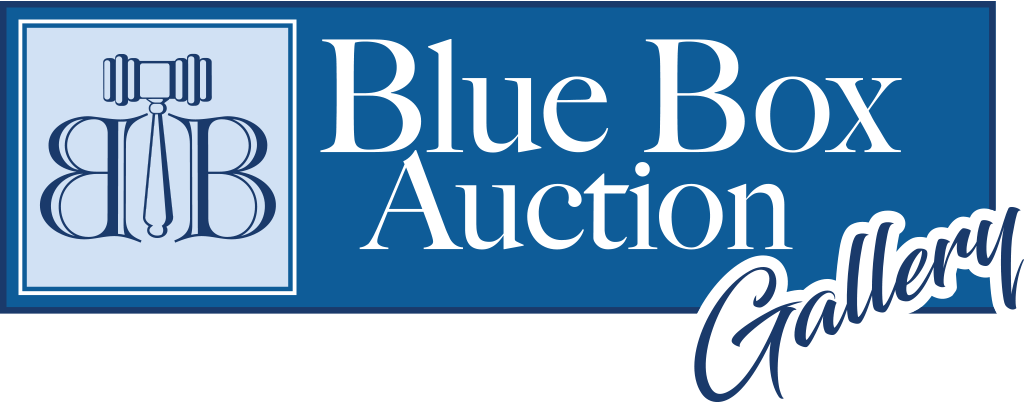
You have already heard the name of Murano, nearly always associated with Glass. However, you should know that Murano is not a brand it is an Island in the North of Italy. So let’s discover what is Murano glass exactly.
Murano is located in the North of Italy and as you can see on the map, Murano is right next to Venice. More precisely, Murano is part of Venice! It is one of Venice’s frazione (Neighborhood) since 1923. This is also, why Murano Glass is often associated with Venetian Glass.
If you thought that Murano was a Glass brand, you are not far away from the truth. Only glass made on the island of Murano can be marketed as Murano glass. Why is that? Because the Italian government wants to protect the unique Murano glass-making traditions.
Since the end of the 13th century, Murano is the most famous place for Glassmaking in the world. The glass artists living in Murano are keeping their unique glass-making techniques a secret for centuries. The secret techniques of Murano glass-making can be only inherited from fathers to sons.
Sons already at the early age of eight years old to join their fathers and grandfathers in the furnace to learn how to tame this unique liquid glass. It takes about 30-35 years of continuous hard work to earn the title of Maestro (Glass Master). No wonder, that the glass masterpieces made in Murano have an inimitable quality well known and highly sought after all around the world. Even nowadays, when machines do everything, the Murano Glass Masters’ artworks are still 100% handmade.
History of Murano Glass
In the 14th century, the walled lagoon city of Venice became an independent state. As glassmaking in the area became more established, glassmakers from the mainland flocked to the city to refine their craft and set up workshops. The city, however, became particularly fire-prone with its potent mix of buildings with straw roofs and industries that relied on intense heat. Among the worst disasters to fall upon the city was The Great Fire of Venice in 1105, which damaged 23 neighborhoods and destroyed 23 churches.
By 1291, the sheer number of furnaces contained within the city was threatening the livelihood of Venetians, so the Senate, the governing body of the Republic of Venice at the time, ordered the entire glassmaking industry to move to the islands of Murano to prevent and contain future urban destruction.
A glassmakers guild was established in the late 13th century, giving artisans an elevated position in society. As such, the daughters of glassmakers were permitted to marry nobility, and master craftsmen could carry swords and escape prosecution. In return, craftsmen were expected to continue the tradition in their families, and remain in Murano, keeping their expertise safely within the Venice Lagoon.
Over time, the glassmaking industry began to take over the islands, and by the 16th century, almost half of Murano’s citizens were involved in the industry in some capacity. With such a high concentration of glassmakers, Murano’s professionals were responsible for innovating a number of industry techniques, giving the islands a significant advantage in the industry of glassmaking. In short, Murano gained a monopoly on the glassmaking industry.
A subsequent economic depression drove many glassmakers away from Venice, taking their trade secrets with them, or causing glass factories to shutter entirely. By 1820, only sixteen glass furnaces remained in the area, including two prominent makers: the Salviati family and the Fratelli Toso, a group of six brothers known for innovative artistry. Descendants of these exceptional glassmaking houses continue the family trade today.
Popular Murano Glassmakers
- Fratelli Toso (1854– )
- The Salviati Family (1859– )
- Umberto Bellotto (1882–1940)
- Ercole Barovier (1889–1974)
- Paolo Venini (1895–1959)
- Carlo Scarpa (1906–1978)
- Alfredo Barbini (1912–2007)
- Tobia Scarpa (1935– )
- Davide Salvadore (1953– )
- Massimo Micheluzzi (1957– )
- Simone Cenedese (1970s– )
Modern Murano Glass
By the 20th century, Venetian glassmakers began to work collaboratively with artists and designers, elevating glassmaking as an art form. In the 1980s there was an influx of glassmakers creating unique art glass, as well as artists training in glassmaking specifically. As a result, Murano is now a global destination rife with cultural and artistic significance.













